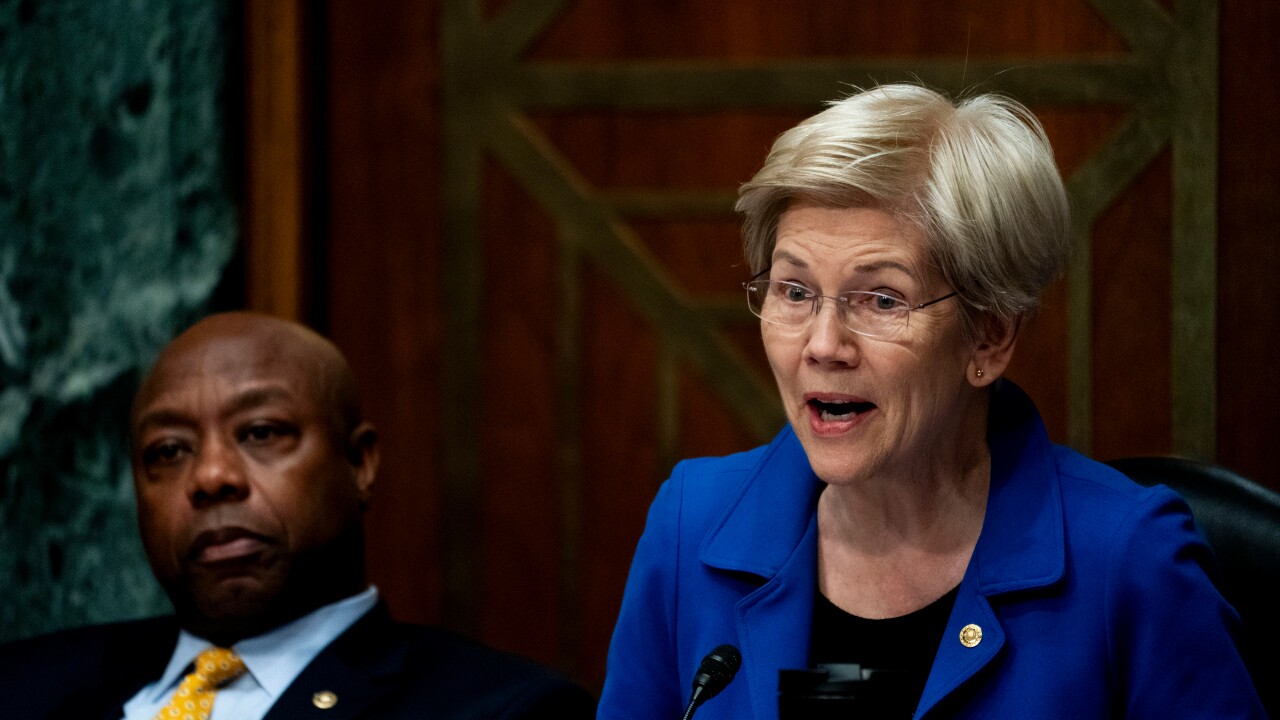-
A small Chicago bank that is largely owned by the members of an area church has warned that it could fail if it does not raise additional capital.
June 26
Covenant Bank in Chicago could fail if it does not raise fresh capital soon.
The $60 million-asset bank, which is largely owned by members of an area church, has been told to shore up its capital or to accept an offer to be taken over by another institution, according to the Federal Deposit Insurance Corp.
Covenant had 45 days to raise capital by any means acceptable to regulators except writing down its allowance for loan and lease losses, according to a Prompt Corrective Action order that was issued Nov. 5 and made public on Friday. A Prompt Corrective order is the most severe of all regulatory enforcement orders.
Though Covenant did not respond immediately to a request for comment, the company said in a Nov. 14 filing with the Securities Exchange Commission that it "continues to explore various strategic alternatives, including a recapitalization by third parties that would result in a change in control."
Since Nov. 2, Covenant has raised $775,000 and attained a Tier 1 leverage ratio of 2.05% and a total risk-based capital ratio of 4.52%, Covenant remains subject to a June 2011 order that requires the bank to maintain a Tier 1 leverage ratio of at least 9% and a total risk-based capital ratio of at least 13%.
Also on Friday, the FDIC said it had terminated enforcement actions against Excel Bank in Sedalia, Mo.; Libertad Bank in Austin, Texas; Oasis Bank in Houston; Applied Bank in Wilmington, Del.; Security State Bank of Lewiston in Lewiston, Minn.; GulfSouth Private Bank in Destin, Fla.; Bank of Monticello in Monticello, Ga.; Citizens State Bank — Midwest in Cavalier, N.D.; First United Bank in Crete, Ill.; Kenney Bank and Trust in Illinois; State Bank of Herscher in Illinois; Heritage Bank of Florida in Lutz; First Bank of Delaware in Wilmington; Prime Alliance Bank in Woods Cross, Utah; County Bank in Rehoboth Beach, Del.; Hometown Community Bank in Braselton, Ga.; and Holbrook Cooperative Bank in Massachusetts.





